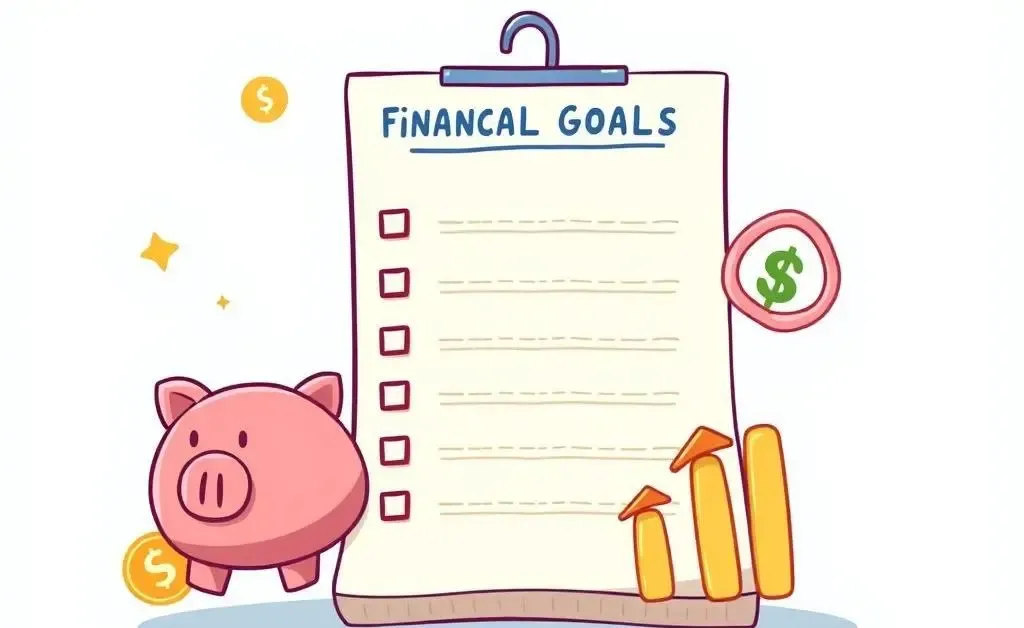Crafting a Balanced Investment Portfolio: Tips for Every Investor
Discover how to create a balanced investment portfolio with practical tips for investors of all levels.

Investing can often feel like navigating a labyrinth of options, especially when it comes to creating a balanced portfolio. However, finding the right investments to suit your personal goals doesn't have to be daunting. Whether you’re just starting out or looking to refine your strategy, understanding the basics of creating a well-rounded investment portfolio is key. In this article, I’ll share some insights and practical steps to help you craft a portfolio that matches your risk tolerance and financial goals.
Why a Balanced Portfolio Matters
Picture your portfolio as a garden. Just like a garden thrives with a variety of plants, a portfolio flourishes with diverse investments. This diversity—often referred to as asset allocation—helps spread risk and can improve potential long-term returns. By mixing different asset classes like stocks, bonds, and real estate, you can create a portfolio that weathers market fluctuations better than investing in a single asset.

Setting Your Financial Goals
The first step in crafting your portfolio is identifying your financial goals. Ask yourself what you’re hoping to achieve with your investments. Are you planning for retirement, saving for a home, or building an education fund for your kids? Each goal has a different timeframe and risk tolerance associated with it.

Understanding Your Risk Tolerance
Your risk tolerance is essentially your ability and willingness to lose some or all of your original investment in exchange for greater potential returns. Reflecting on personal circumstances—such as age, income, and future financial needs—will help determine how much risk you’re comfortable taking on.
Steps to Build Your Investment Portfolio
1. Diversify Your Investments
Diversification is the cornerstone of a resilient portfolio. Consider mixing different asset types:
- Stocks: Offer growth potential but can be volatile.
- Bonds: Generally more stable, providing regular interest income.
- Real Estate: Offers tangible asset value and potential rental income.

2. Rebalance Regularly
Your portfolio needs regular checkups, just like any other part of your financial plan. Market movements can change the composition of your portfolio over time, making rebalancing essential to maintain your desired asset allocation.
3. Set It and (Mostly) Forget It
While staying informed is important, reacting to every market hiccup can lead to impulsive decisions. Instead, adopt a long-term perspective—monitor your portfolio semi-regularly but avoid the temptation to constantly tweak it.
Final Thoughts
Building a balanced investment portfolio isn’t just about numbers and statistics; it's a personal journey aligning your investments with life goals. By understanding different asset classes, setting clear financial objectives, and maintaining discipline, you’re on your way to achieving financial stability and growth. Remember, the aim is to grow your assets while managing risks in a way that’s comfortable for you.
What strategies have you found most effective when building your portfolio? Share your thoughts or questions below!




